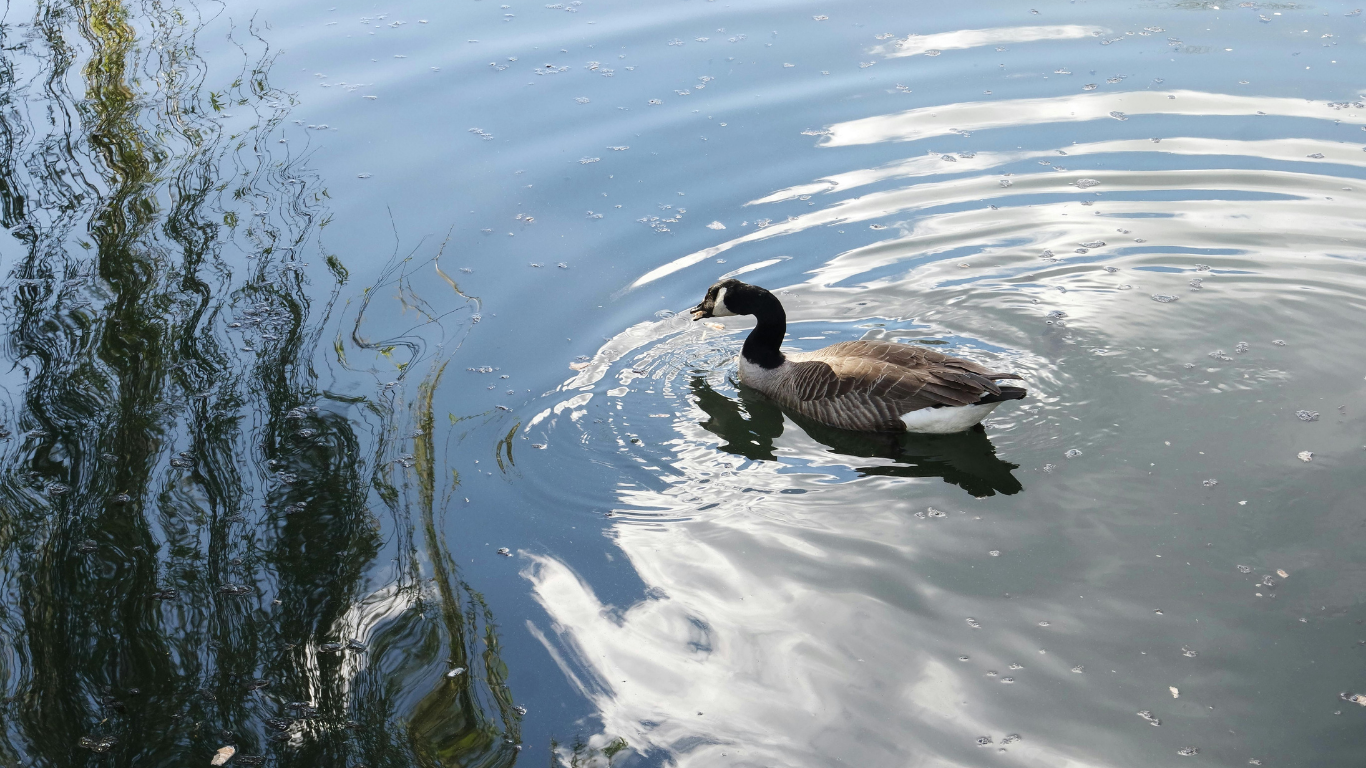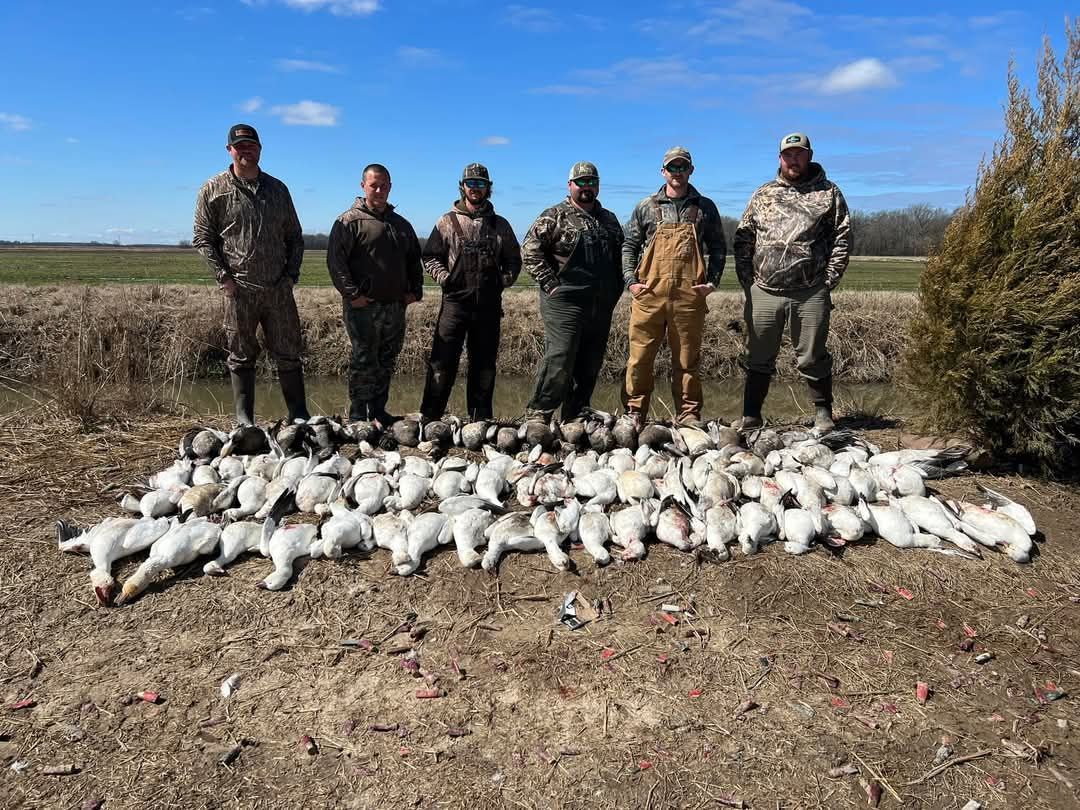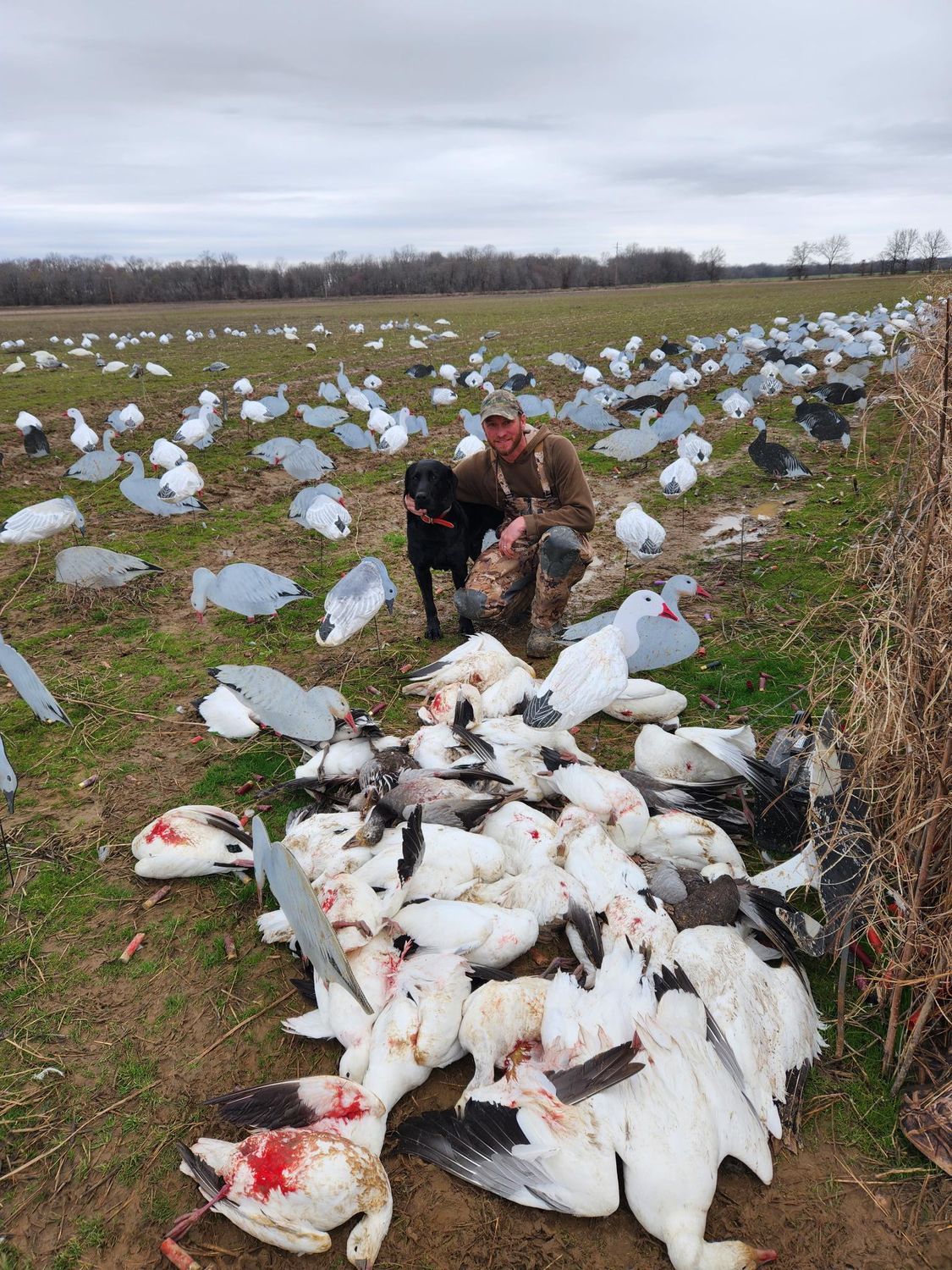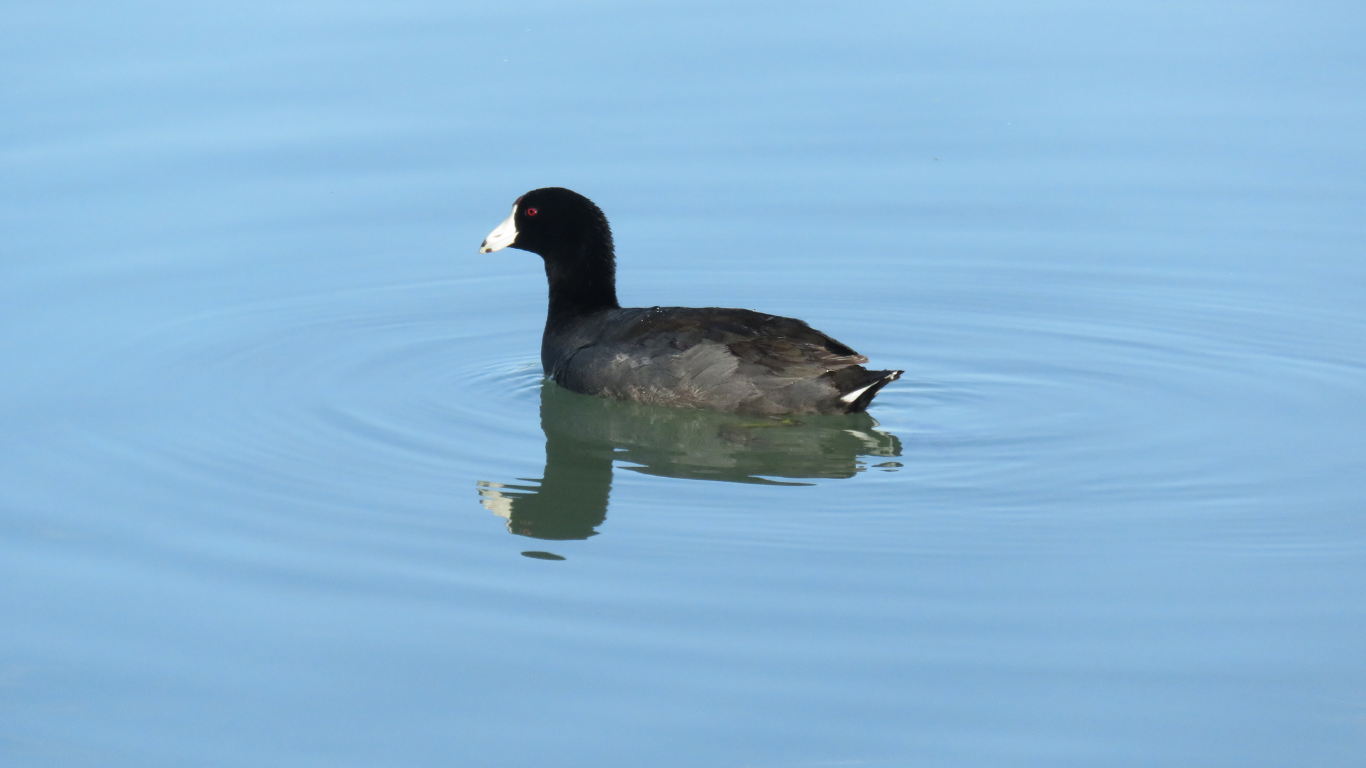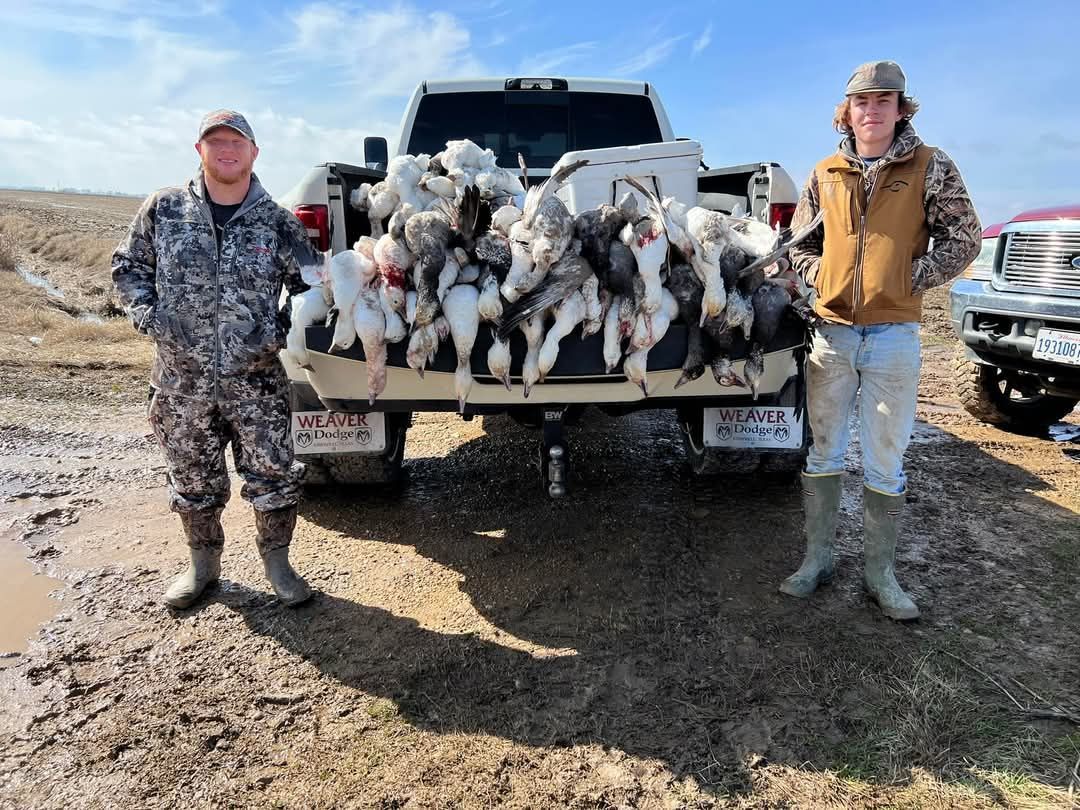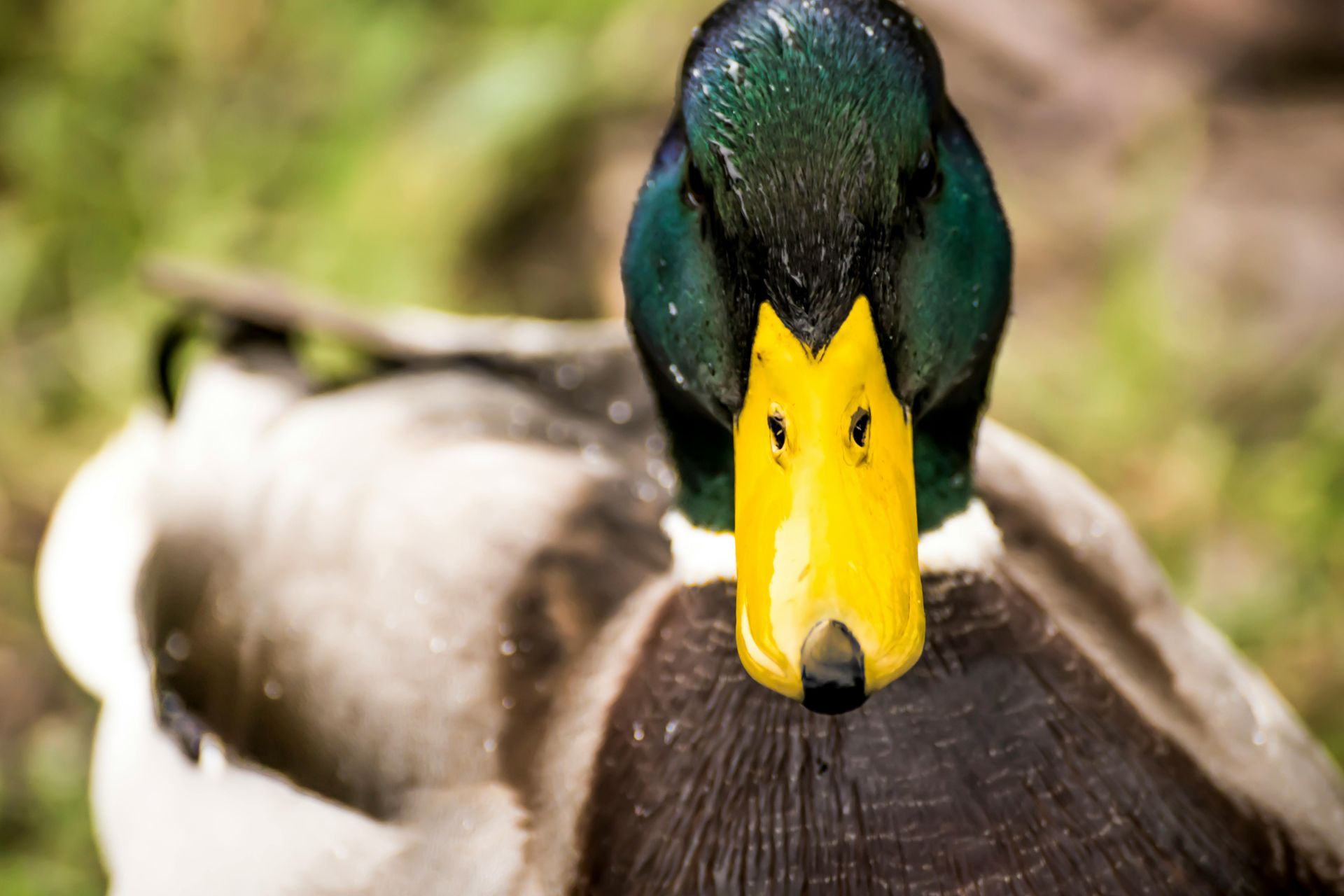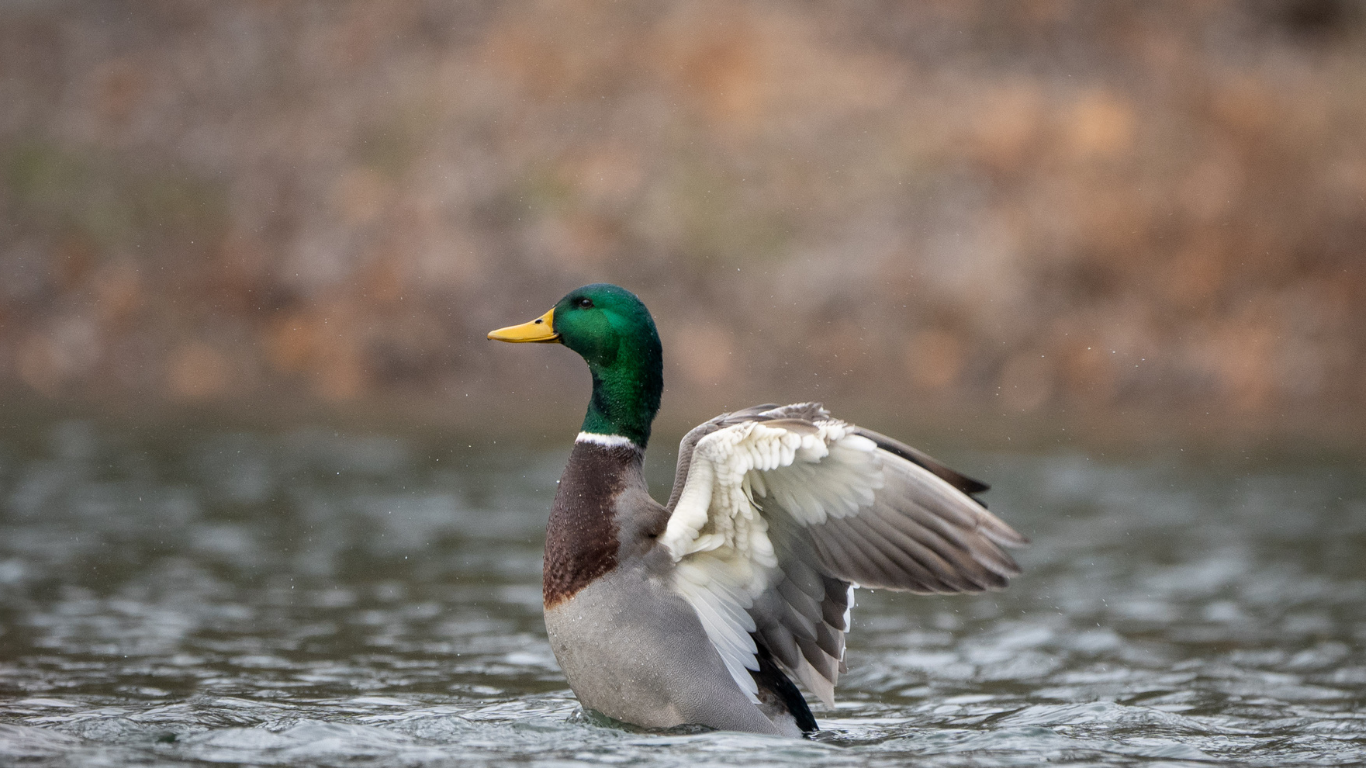Why Northeast Arkansas Is a Waterfowler’s Paradise
Why Northeast Arkansas Is a Waterfowler’s Paradise
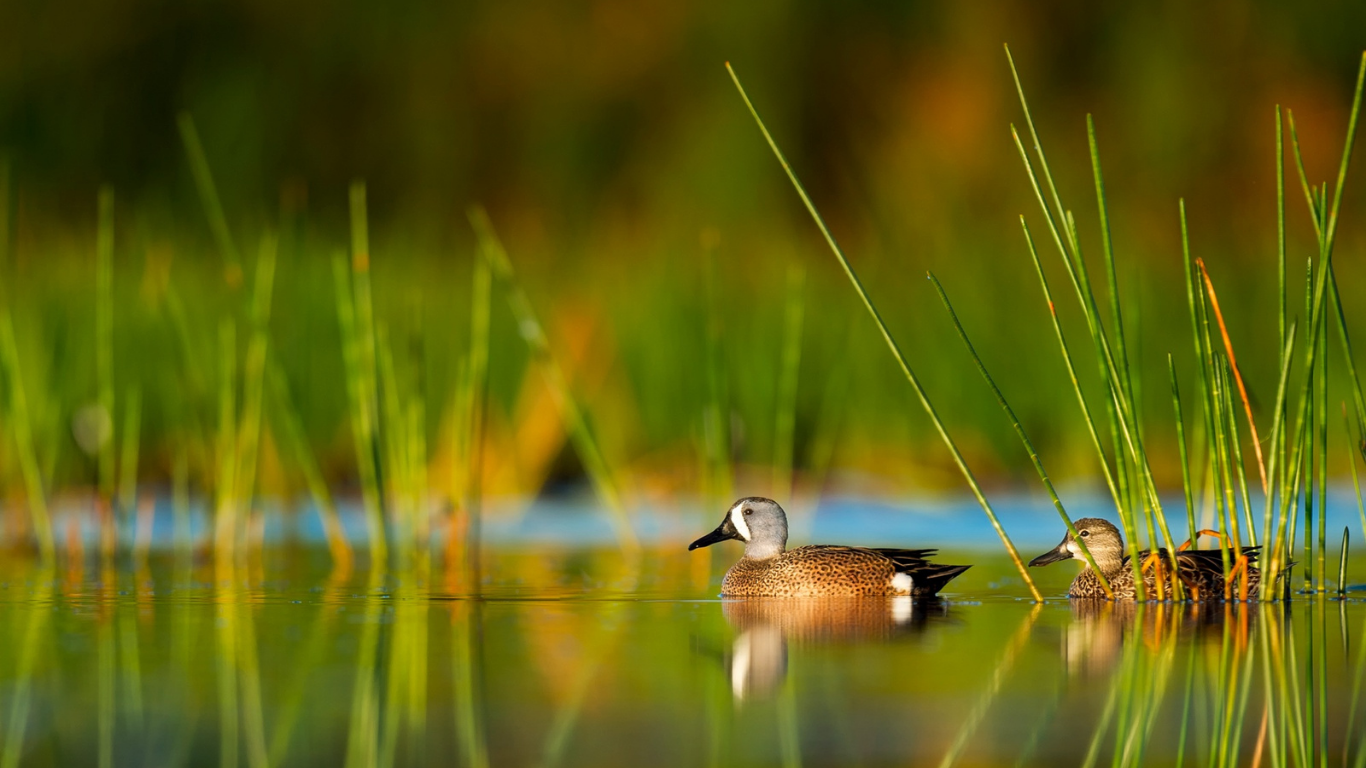
When waterfowl hunters talk about bucket list destinations, one region comes up again and again: Northeast Arkansas.
Tucked within the heart of the Mississippi Flyway, this area is home to some of the most productive duck hunting in the country. With its flooded timber, endless rice fields, and rich hunting heritage, Northeast Arkansas offers something few other places can: consistent, high-quality duck hunts season after season.
At Bayou Bottoms Guide Service, we’ve spent years guiding hunters through this region, and we’re here to tell you—there’s no place like it.
What Makes Northeast Arkansas Ideal for Duck Hunting?
From geography to habitat to hunting culture, Northeast Arkansas has all the ingredients for exceptional waterfowling.
1. Prime Location in the Mississippi Flyway
The Mississippi Flyway is one of four major migratory routes for ducks and geese in North America. It stretches from Canada down to the Gulf Coast—and Northeast Arkansas sits right in the middle of it.
This means:
- Millions of ducks migrate through the region each winter
- Birds funnel into the area's flooded fields and timber naturally
- Cold fronts from the north bring new birds consistently throughout the season
2. Diverse Waterfowl Habitat
Unlike many states that rely on one habitat type, Northeast Arkansas offers a varied landscape that attracts and holds ducks all season long.
- Flooded rice fields – rich in waste grain and easy feeding
- Managed flooded timber – ideal for mallards seeking cover and rest
- Sloughs, oxbows, and creeks – perfect for wood ducks and gadwalls
- Moist-soil units – filled with natural seeds and aquatic plants
This diversity creates opportunities for different species and hunting styles in the same region.
3. Agricultural Abundance
Arkansas is a top rice producer in the U.S., and the region around Fisher, Jonesboro, and the Delta offers thousands of acres of food-rich habitat. When these fields are flooded after harvest, they become magnets for mallards, pintails, teal, and more.
Ducks return year after year to the same flooded rice and soybean fields—a waterfowl buffet that’s tough to beat.
Legendary Hunting Culture
A Way of Life, Not Just a Season
Duck hunting in Northeast Arkansas isn’t just a sport—it’s part of the culture. Towns like Stuttgart, Jonesboro, and Fisher are steeped in waterfowl tradition.
You’ll find:
- Generations of family duck camps
- Local businesses that cater to hunters
- Skilled guides with decades of experience
- Community respect for conservation and habitat management
This culture creates an environment where hunting is supported, celebrated, and taken seriously.
Consistent Duck Numbers Year After Year
Unlike other states where hunting is hit or miss, Arkansas offers reliable duck activity across the full season.
Here’s a general breakdown of what to expect:
| Month | What You’ll See | Hunting Notes |
|---|---|---|
| Late Nov | Early migrants, teal, gadwalls | Warm weather, less pressured birds |
| Dec | Mallards arriving, mixed flocks | Best for timber and flooded field hunts |
| Jan | Peak migration, large mallard groups | Cold fronts = best hunting of the season |
Thanks to consistent migration patterns, Northeast Arkansas sees fresh birds regularly, especially following cold weather up north.
Public and Private Land Access
Northeast Arkansas offers both public land opportunities and guided private land access. Some of the most well-known areas include:
Public:
- St. Francis Sunken Lands WMA
- Dave Donaldson Black River WMA
- Shirey Bay Rainey Brake
- Cache River National Wildlife Refuge
These areas can produce results but also draw crowds and early-morning competition.
Private:
Guided hunts on private land—like those offered by Bayou Bottoms—provide:
- Controlled access
- Less hunting pressure
- Pre-scouted fields
- Permanent blinds
- More consistent success
If you’re looking to avoid the stress and roll the dice of public hunting, private land is the way to go.
Why Hunters Keep Coming Back to Northeast Arkansas
1. Reliable Bird Numbers
Consistent flights of mallards, gadwalls, and pintails each winter.
2. Authentic Duck Camp Experience
Where else can you hunt flooded timber in the morning, eat gumbo at lunch, and scout rice fields by sunset?
3. Incredible Shooting Opportunities
When the conditions are right, Northeast Arkansas delivers limit-style hunts that few places in the country can match.
4. Easy Access from Major Cities
Located near Jonesboro, Northeast Arkansas is accessible by road from Little Rock, Memphis, and other hunting hubs.
FAQs About Hunting in Northeast Arkansas
What species of ducks are most common?
- Mallards
- Gadwalls
- Teal (blue- and green-winged)
- Wigeon
- Pintails
- Shovelers
- Wood Ducks (especially in timber and sloughs)
What is the best time to hunt in Northeast Arkansas?
Late December through January is typically the best window, especially following cold weather systems pushing birds south.
Do I need a guide to hunt Northeast Arkansas?
Public land is available, but a guide gives you:
- Access to private, less pressured land
- Pre-set blinds and decoys
- Local knowledge and scouting
- Higher success rates, especially for non-residents
How far is Bayou Bottoms from Jonesboro?
Bayou Bottoms Guide Service is located in Fisher, AR, just 30 minutes south of Jonesboro, giving you quick access to prime hunting without the crowds.
Book Your Hunt in Northeast Arkansas
If you’re ready to experience why Northeast Arkansas is a waterfowler’s paradise, don’t wait. The best dates book fast—especially during January’s peak migration.
At Bayou Bottoms Guide Service, we offer:
- Professionally guided duck and goose hunts
- Access to flooded timber and rice fields
- Private land near Jonesboro, AR
- Lodging and group packages
- Experienced, local guides who do the scouting for you
Whether you’re new to the flyway or returning for another season, come see why Northeast Arkansas remains the #1 destination for serious duck hunters.

